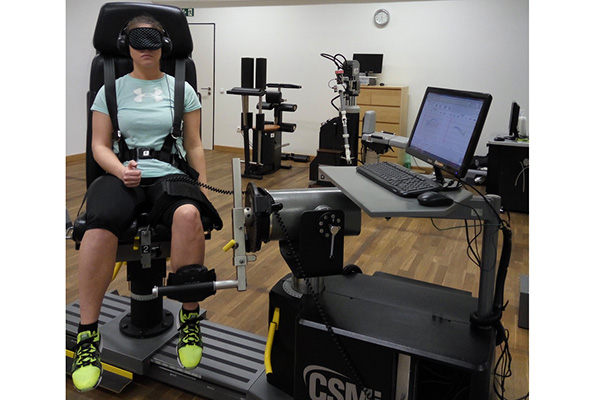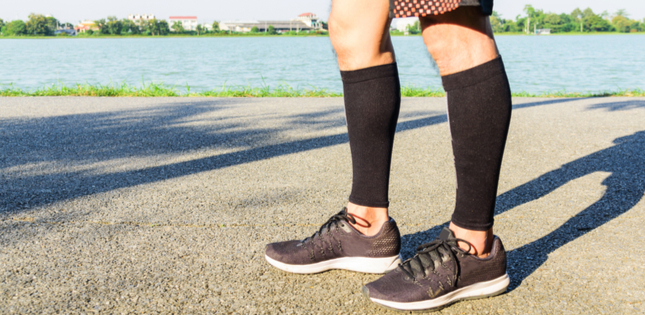Regular training enhances your strength, but recovery is equally important. Elastic bandages and compression garments are widely used in sports to facilitate recovery and prevent injuries. Now, a research team from Tohoku University has determined that compression garments also reduce strength loss after strenuous exercise.
Their research findings were published in the European Journal of Applied Physiology.
The team - led by assistant professor János Négyesi and professor Ryoichi Nagatomi from the Graduate School of Biomedical Engineering - used a computerized dynamometer to train healthy subjects until they became fatigued. The same equipment was used to detect changes in the maximal strength and knee joint position sense straight after, 24 hours after and one week after the training.

Their results revealed that using a below-knee compression garment during training compensates for fatigue effects on maximal strength immediately following the exercise and once 24 hours has elapsed. In other words, one can begin the next maximal intensity strength training earlier if one has used a below-knee compression garment in the previous workout.
Although compression garments reduce strength loss, their findings reaffirmed that they afford no protection against knee joint position sense errors.
"Our previous studies focused only on the effects of compression garments on joint position sense," said Dr. Négyesi. "The present study found such garments to have the potential to reduce strength loss after a fatiguing exercise, which may help us better understand how applying a compression garment during exercise can decrease the risk of musculoskeletal injuries during sports activities."
The researchers believe wearing a below-knee compression garment during regular workouts is beneficial because of the mechanical support and tissue compression it provides.
Looking ahead, the team aims to detect whether maximal intensity programs that last for weeks produce different outcomes than the current findings to determine the longitudinal effects of compression garments.
- Publication Details:
Title: A below‐knee compression garment reduces fatigue‐induced strength loss but not knee joint position sense errors
Authors: János Négyesi, Li Yin Zhang, Rui Nian Jin, Tibor Hortobágyi, Ryoichi Nagatomi
Journal: European Journal of Applied Physiology
DOI: 10.1007/s00421-020-04507-1
Contact:
János Négyesi
Graduate School of Biomedical Engineering, Tohoku University
Email: negyesi tohoku.ac.jp
tohoku.ac.jp


